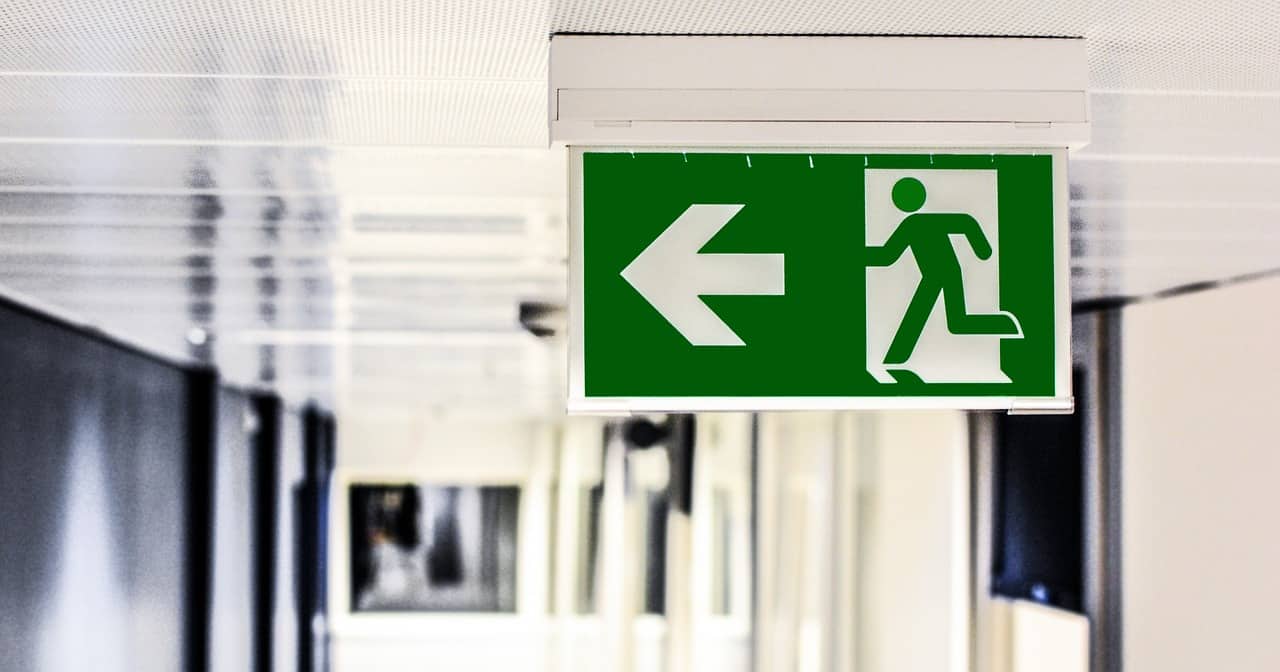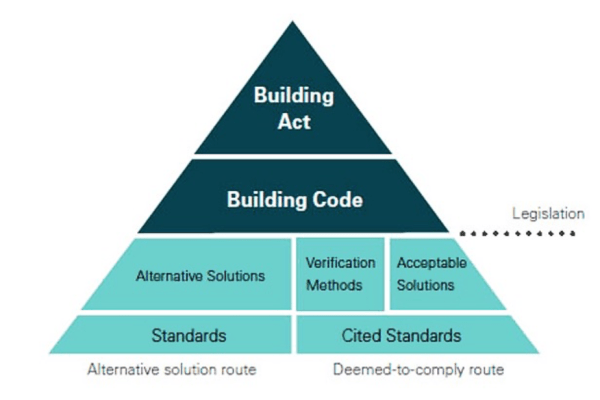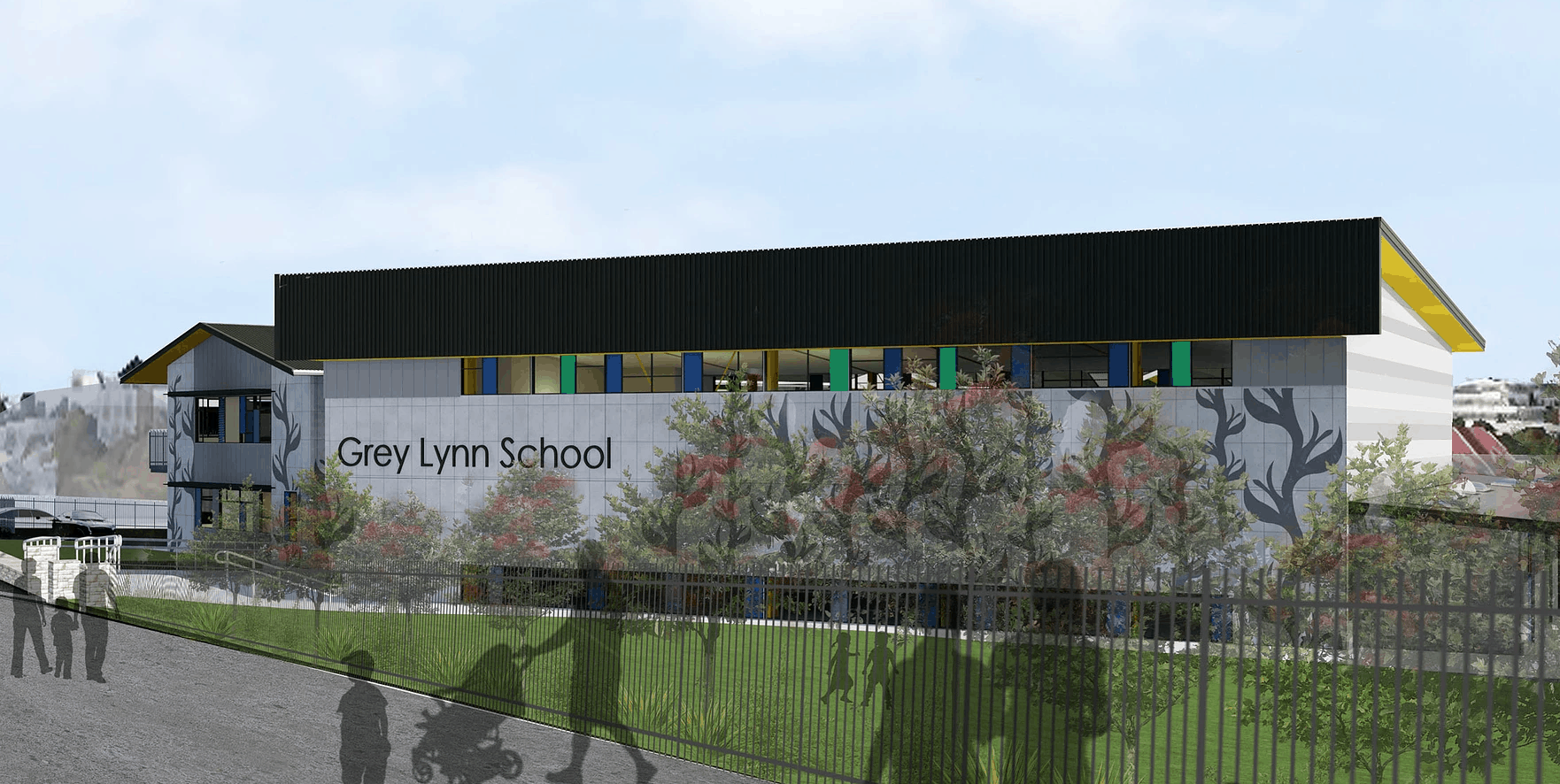The IQP’s role is critical in the compliance and ongoing maintenance of emergency lighting and exit signage.
Origin’s Emergency Lighting Engineer, Clive Revie, recently presented ‘Emergency Lighting Design, Inspection and Maintenance Requirements’ to IQPs (Independent Qualified Persons) from the Association of Building Compliance (ABC). They gathered in Auckland to learn more about New Zealand emergency lighting legislation, specified systems, standards and compliance in buildings where IQPs check and test emergency lighting. Clive’s presentation was designed to help IQPs better understand their role regarding compliance and maintenance of emergency lighting and exit signage.
Clive started with a basic overview of legislative, design, maintenance, inspection and recording requirements associated with emergency lighting and exit signage. He took attendees through New Zealand’s current emergency lighting legislation which, for building work, is incorporated in the NZ ‘Building Act (2004)’ and associated ‘Building (Specified Systems, Change of Use, and Earthquake-prone Buildings) Regulations 2005’.
The diagram below outlines the hierarchy of legislation and regulation that forms the building regulatory system.
For Clive three specified systems, outlined in ‘The Building (Specified Systems, Change of Use, and Earthquake-prone Buildings) Regulations 2005’, define his area of work as an emergency lighting engineer.
The first is specified system No 4 Emergency Lighting Systems. The second is specified system No 14 Emergency power systems for, or signs relating to, a system or feature specified in any of systems 1 to 13 and the third is specified system No 15(d) signs for communicating information intended to facilitate evacuation.
The objectives and functional and performance requirements of these systems are covered in Building Code Clauses F6 and F8 contained in the first schedule of the ‘Building Regulations 1992’. More detailed design, inspection and testing information is covered by the AS 2293 set of standards. Both emergency luminaires and EXIT signs are subject to inspection and maintenance.
Generally a Fire Engineer will define the escape routes so Clive can design his emergency lighting and Exit signage.
This is where Clive’s presentation, illustrating the continuous updating of code clauses, amendments to the Acceptable Solutions, and the combining of Australian and New Zealand standards began to highlight the complexities in design and specification of emergency lighting and exit signage.
Emergency lighting is a specified system under The Building (Specified Systems, Change of Use, and Earthquake-prone Buildings) Regulations 2005. As a specified system it’s on the building’s Compliance Schedule as required by the Building Act 2004 along with the performance standards and required inspection and maintenance for the system. It’s the building owner’s responsibility to ensure all specified systems are performing correctly and a Building Warrant of Fitness (WOF) confirms all specified systems have been correctly inspected.
Typically, in the construction of new buildings, information related to emergency lighting (and EXIT signage) design goes to Council along with all the other required building documentation and, once a building consent is granted, the builder employs an electrical contractor to implement the design and make sure it all works. Within a relatively short space of time after completion and handover to the building owner there’s no guarantee that what’s been installed has been properly maintained and still works. This is where the IQPs come in, checking and testing emergency lighting and exit signage, ideally at the timeframes specified in the compliance schedule.
Clive notes that challenges for IQPs checking building fire safety compliance can be significant. How to check against originally approved designs when the original designs no longer exist (when there is no documentation available, or when records of emergency lighting systems are no longer with the building owner) make it very hard to check and sign-off on compliance with assurance and accuracy. In much older buildings for example IQPs are assessing the accuracy and effectiveness of what’s installed in line with the rules at the time the building was designed and built, rules long since superseded today.
Notwithstanding the challenges Clive did provide some achievable guidelines for inspection and maintenance of emergency lighting and exit signage:
- Inspection and maintenance must be in accordance with AS/NZS 2293.2:1995
- Older systems (designed prior to 1996) may need to be inspected and maintained in accordance with NZS 6742
- A discharge test must prove luminaires and exit signs remain battery energised for specified durations
- Maintenance records must be logged and remain on the premises as part of the Emergency Lighting Operating and Maintenance (O&M) manual
- All corrective action undertaken needs to be recorded, including date and names of those undertaking maintenance
- Cleaning emergency luminaires should happen annually.
- Replacement batteries should be the same type and amp-hour capacity.
Clive welcomed the opportunity to meet with the IQPs and hopes that if he can be of further assistance at any time that IQPs will contact him by emailing
See presentation here.
About the Association of Building Compliance (ABC)
Established in 1998 the Association of Building Compliance (ABC) is the only IQP representative body in New Zealand. ABC’s membership includes Independently Qualified Persons (IQPs), Council Staff and Compliance Managers. ABC provides members with support, information and training by industry experts in Building Compliance matters.
About Independently Qualified Persons (IQPs)
An IQP can do or supervise others doing work under the Compliance Schedule. An IQP is a person who is accepted by a local Council as being appropriately qualified to undertake the inspection, testing and maintenance of a particular specified system and authorised by MBIE to do so. IQPs have a trade background in particular specified systems, they understand their legal obligations under the Building Warrant of Fitness regime and in particular 12As, Annual Reports and instructions in the Compliance Schedule.
About Clive Revie
Clive started in his career with New Zealand Electricity as a 17-year-old drafting cadet. He has been with Origin for five years now, after spending 12 years with Beca and prior to that working in Saudi Arabia and England where he gained his electrical engineering degree at Kings College in London.





